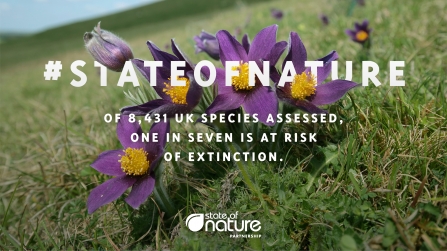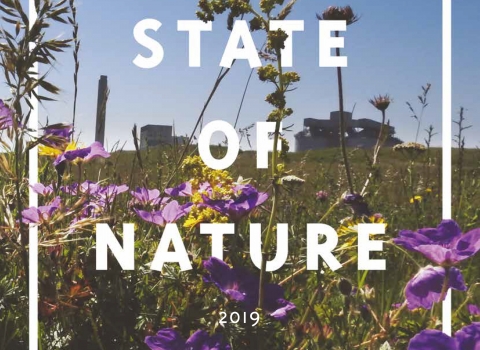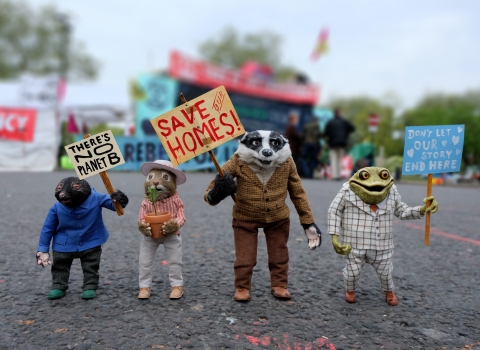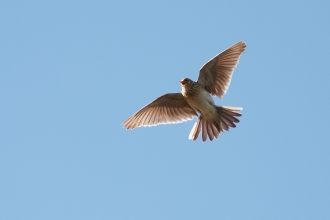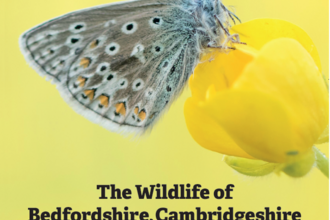The UK’s wildlife continues to decline according to the State of Nature 2019 report.
The latest findings show that since rigorous scientific monitoring began in the 1970s there has been a 13% decline in average abundance across wildlife studied and that the declines continue unabated.
Following the State of Nature reports in 2013 and 2016, leading professionals from more than 70 wildlife organisations have joined with government agencies for the first time, to present the clearest picture to date of the status of our species across land and sea.
The State of Nature 2019 report also reveals that 41% of UK species studied have declined, 26% have increased and 33% shown little change since 1970, while 133 species assessed have already been lost from our shores since 1500.
Butterflies and moths have been particularly hard hit with numbers of butterflies down by 17% and moths down by 25%. The numbers of species, such as the High Brown Fritillary and Grayling, that require more specialised habitats have declined by more than three quarters.
The UK’s mammals also fare badly with greater than 26% of species at risk of disappearing altogether. The wild cat and greater mouse-eared bat are among those species teetering on the edge of disappearing.




